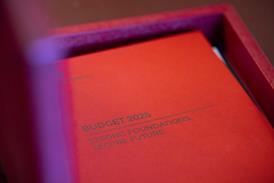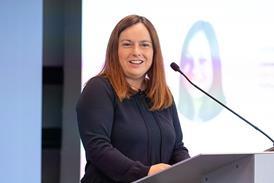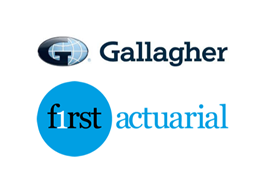In July 2012 the government announced its preferred solution to the proliferation of small pension pots, brought about by auto-enrolment.
Against the aggregator model suggested by the industry, pensions minister Steve Webb decided that if on leaving a job a person had only a small pension pot it should be automatically transferred to their next employer’s pension scheme – a process dubbed pot-follows-member.
In April 2013 a more ambitious plan broadened PFM to cover all active members of money purchase schemes and pots worth up to £10,000 (instead of £2,000), but the industry remained critical, noting the risks to the member and additional costs.
Legislation followed: section 33 and schedule 17 of the Pensions Act 2014 require the secretary of state to make regulations under which, in certain circumstances, the cash equivalent of a person’s accrued rights must be transferred to another scheme of which the person is an active member.
Key points
-
The future of PFM remains unclear as current plans could be amended by the next government
-
Four key stages are envisaged: pot flagging; pot matching; contacting the member; and pot transfer
-
No PFM registers presently exist: the industry is expected to develop the network and absorb the cost
But this is only ‘enabling’ legislation. Schedule 17 prescribes in detail what the regulations must and may do; but unless it is formally brought into force nothing will happen.
This primary legislation might be amended, or even disregarded by the next government. The future of PFM is unclear.
In February 2015 the Department for Work and Pensions expressed a preference for a federated model of implementation: a network of interoperable registers that will store and match information about eligible small pots, rather than the centralised government database originally proposed.
The DWP intends that automatic transfers should take place where the member is saving into a charge-capped default arrangement, in both the ceding and receiving scheme.
This safeguards members’ interests both in avoiding transferring funds where the member has been actively involved in making investment choices and in ensuring members will only be automatically transferred into low-charging funds.
A dormant small pot will be eligible for PFM if:
• the first contributions were received on or after July 2012 (when auto-enrolment began);
• it is worth no more than £10,000 at the point of valuation; and;
• no contributions have been received in the 12 months prior to the annual benefit statement.
Four key stages are envisaged in the operation of PFM: pot flagging; pot matching; contacting the member; and pot transfer.
All schemes that must automatically transfer pension pots will have to identify and flag data of eligible pots, and then put this data on a register.
This primary legislation might be amended, or even disregarded by the next government. The future of PFM is unclear
A phased implementation is envisaged, beginning with about 20 of the biggest providers covering the majority of members in auto-enrolment and, crucially, working on an opt-in rather than opt-out basis.
Webb believes phase one could be completed in 18 months. Later on, PFM could move to an opt-out basis and be extended to include expansion beyond default funds, 100 per cent of market coverage, expansion of pot eligibility criteria (eg beyond pure money purchase pots, or to include pots created before 2012), and integration into a ‘pension dashboard’.
Based on observation of Isa transferability, Webb is very confident PFM will work.
By the current government’s own admission, though, questions remain, such as how pension schemes should verify the individual and how best to ensure communication-interoperability of registers. No such registers presently exist: the industry is apparently expected to develop the network and absorb the cost.
If the coming government shares Webb’s enthusiasm, the next step will be to develop the legislation for the proposed federated model from October 2016.
Ian Neale is director at Aries Pension & Insurance Systems






















